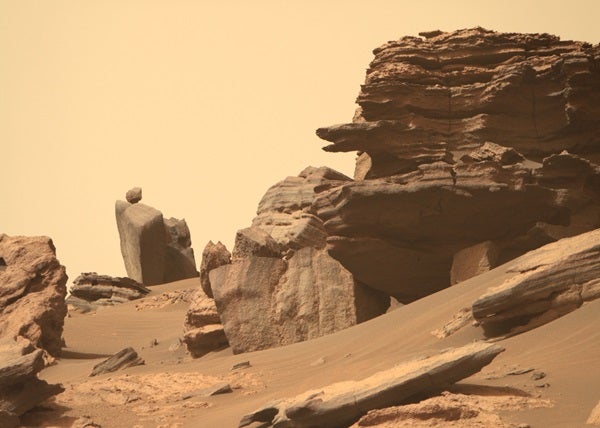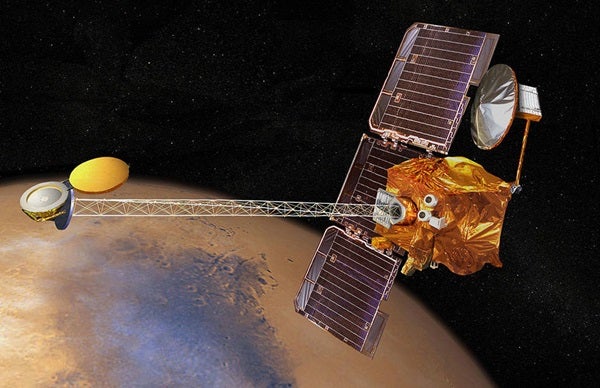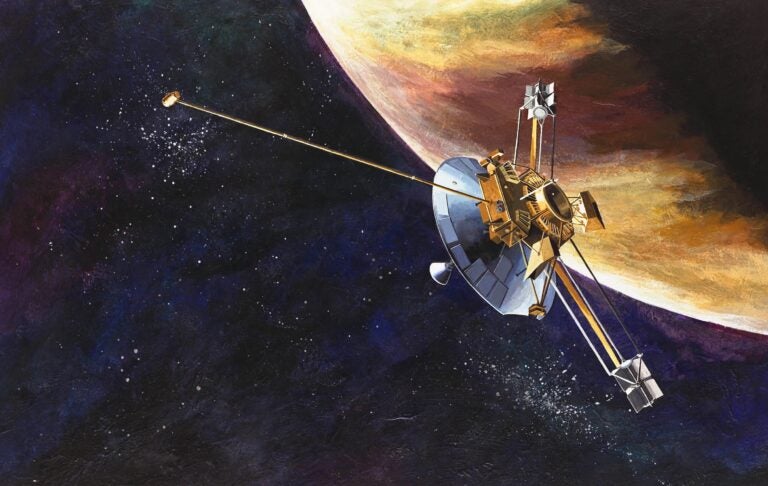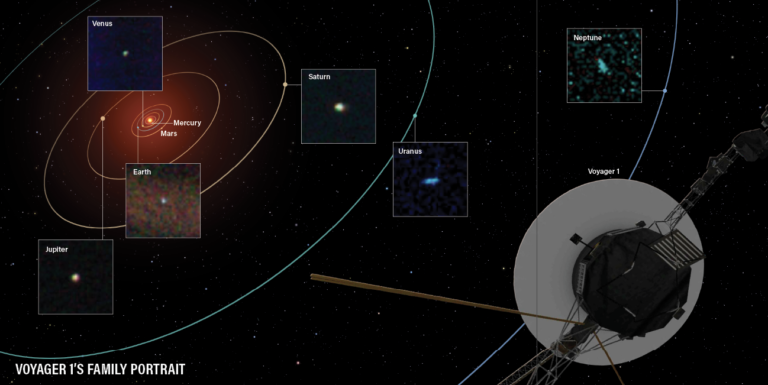Darian Dixon is one of the solar system’s few interplanetary photographers, having operated a NASA rover as it imaged the landscape of Mars. But despite dreaming of a career in space science as a teenager, Dixon first went to school for political science, convinced his math skills weren’t up to snuff. He credits the 2011 launch of NASA’s Curiosity rover for changing his mind on his major.
“I remember watching every second of the launch coverage,” Dixon says. “Seeing all those scientists overjoyed with the results of their labor and ready for the exploration ahead, I decided I couldn’t shy away from that dream any longer.”
In 2018, he realized that dream when he joined Malin Space Science Systems, the California company tasked with building NASA’s Mars cameras, as a data-management lead. There, he operated three cameras on Curiosity, as well as helped develop the Perseverance rover’s Mastcam-Z camera.
When pictures from Perseverance began rolling in after its landing in February 2021, Dixon said the feeling was “nothing short of incredible. So many engineers, scientists, managers, visionaries, worked tirelessly for years. It was a huge ‘This is it. We’ve done it’ moment.”
In January 2022, Dixon, a 30-year-old husband and father, left Malin to pursue a doctorate at his hometown University of Wisconsin-Milwaukee. Leaving San Diego meant saying goodbye to his beautiful garden of bananas, passionfruit, and mangos, but he sees new opportunities ahead — and they are related to martian dirt. He hopes his focus on the clay minerals at Jezero Crater, Perseverance’s landing site, will help him determine how they formed and what they reveal about Mars’ aqueous history.
Aside from his studies, Dixon is routinely involved in outreach work, where he stresses to students that STEM opportunities are closer than they realize.
“Outreach is incredibly important to me,” Dixon says. “I don’t shy away from the elephant in the room: The sciences continue to have a diversity problem.” The higher and higher he rises, he says, the fewer and fewer faces he sees that look like his. “Given everything I’ve been able to accomplish despite being underrepresented and facing significant economic hardship, I feel a responsibility to encourage and empower others like me. Science belongs to everyone.”
Make sure to explore our full list of 25 rising stars in astronomy. Check back each week for a new profile!
To get the latest astronomical news and observing content delivered directly to your door, subscribe to Astronomy magazine today!











